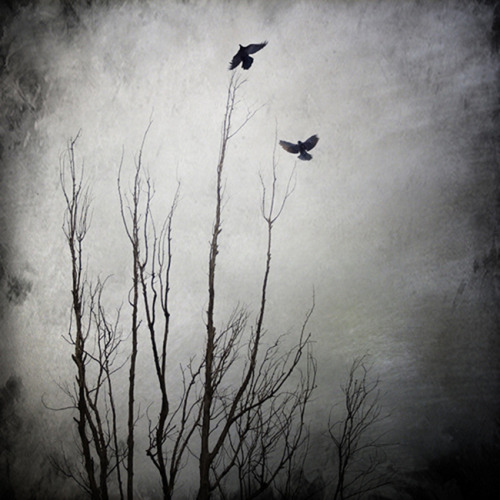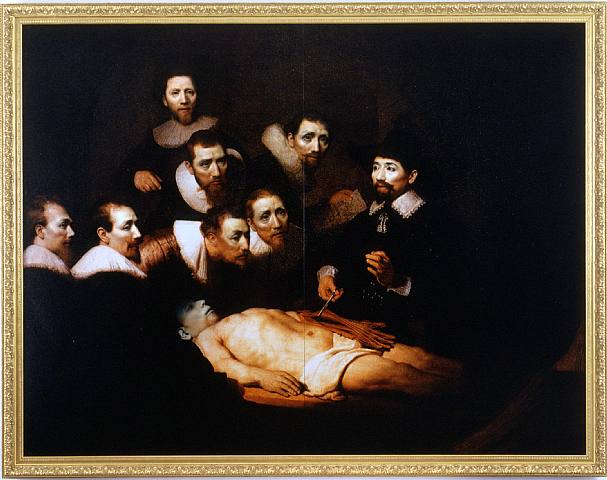The invention of the photograph in 1839 has changed the way we see the world. Unlike a painting or a drawing, a photograph can be an accurate way to represent what we see and how we see it, or a photograph can be manipulated to look nothing like the original object. The treasures of our world have become accessible to nearly all people just by viewing a representation of the object in a small photograph.
Photographs are versatile and can be set in many different formats such as books, and newspapers, or just as reprinted images. In such settings, the pictures can be paired with text to tell a story. Pictures have become irreplaceable in society to identify citizens and increase safety. The use of a photograph in a realistic manner can prove the existence of an experience or happening.
A picture of an object used to be considered proof of the object's existence, but it seems that our culture now must question the truthfulness of a photograph. As Sontag wrote, "The picture may distort; but there is always a presumption that something exists, or did exist, which is like what's in the picture." Now, Photoshop and other ways of manipulating the truth has become so realistic that tat times it is difficult to decipher truth from fiction.
In photographing objects, the photographer takes on a God-like quality by recreating the world as we want others to see it. Even the most realistic photography is subject to the ideas of the photographer. For each shot, the photographer decides how the picture should look through framing, exposure, and subject which show the photograph can be thought of as any other form of art; as the photographer's interpretation of the world. The viewer then interprets the photograph, bringing his or her own experiences into play in the interpretation.
The invention of photography has opened up new ways of seeing and interpreting our world. Whether realistic or manipulated, photographs enhance our lives by recording experiences and places that would be left to memory or an artist's rendering. However, photographs are still subject to the photographer's intentions and the individual viewer's interpretations drawn from personal experiences.
This blog documents my beginning photography class projects of Fall 2011... and beyond.
Wednesday, September 26, 2012
Tuesday, September 25, 2012
Inspiration for Death, Dreams, and Desires Project
 |
| "Enamorado de la Luna" Luis Beltran |
 |
| "Mirlos" Luis Beltran |
 | |||||||||||||||||||||
| "Mariposa de Otono" Luis Beltran My ideas for Project 2, Death, Dreams, and Desires, are leaning towards Surreal Dreamscapes produced by compositing images together. I would like the backgrounds of the photo to be equally important as the subject by creating interesting colors and textures found in paintings. I plan to use my youngest daughter in some of the photographs as well as interesting or strange objects into the compositions. Another possibility for this project is using a Holga or some other type of cheap camera with black and white film to just wing it and see what I can produce. Happy accidents hopefully! Good thing I have a back up plan. |
Monday, September 24, 2012
Wednesday, September 19, 2012
Alter Ego Fall 2012
 |
| Cindy Sherman- Untitled |
When I think of alter ego, I think of Cindy Sherman. I find her work inspiring, as I have never actually photographed myself. This is not an idea I am fond of. Cindy makes her photographs look effortless.
Another artist known for alter ego photography is Yashimura Morimura who inserts himself into famous works of art.
 | ||
| Yashimura Morimura- Portrait (Nine Faces) |
Subscribe to:
Posts (Atom)






